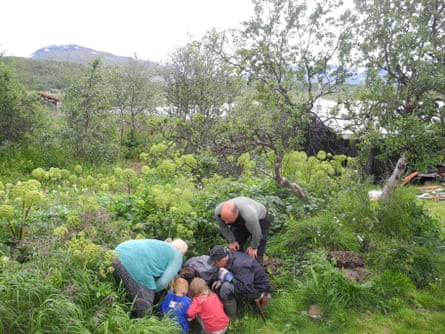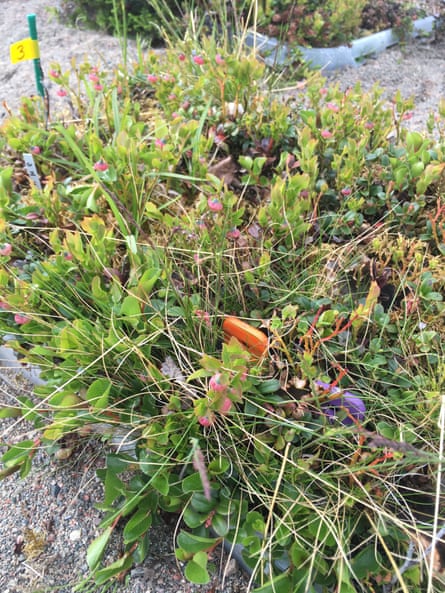By Fr. Benedict Mayaki, SJ
South African Catholic women prayed, inspired, and encouraged each other during a Day of Prayer organized by the country’s Catholic Women Organization (SAUCWO) on Monday.
The online initiative held via zoom had 67 participants at its peak, including representatives from women’s sodalities in dioceses across South Africa, and some representatives from other countries including Kenya, Nigeria and Namibia. The Day of Prayer was themed: “I can’t breathe.”
Day of Prayer
The online encounter began punctually at 2:15 pm with a few words from the moderator, Mahadi Buthelezi who welcomed the participants.
President of SAUCWO, Mrs. Fikile Motsa then gave her welcome address, acknowledging that this is the first meeting of its kind held by the women’s organization.
“It is good to see all of you,” she said. “We have been locked in since March when the Covid-19 pandemic began and we have not been able to have meetings.”
Motsa highlighted that the pandemic has been a difficult time for everyone, bringing isolation, depression, sickness and for some, the painful experience of losing loved ones to death caused by Covid. She also noted that this period has also seen an unfortunate increase in gender-related violence. She, therefore, urged every participant to take home a message of hope for themselves and also for all those they come across.
Following this, an opening prayer was led by Sister Hermenegild Makoro, Secretary-General of the South African Bishops’ Conference, who was also the speaker at the event.
Breath is a sign of life
Sr. Makoro reflected on the image of breath. Giving examples from the scriptures, she said breath was what gave life to the dry bones in the book of the prophet Ezekiel (Ezekiel 37: 5). She also pointed out that in Genesis 2:7, God breathed the breath of life into the nostrils of the first man and he became a living being. Also, Jesus breathed on His disciples in the Gospel of John, when He gave them the Holy Spirit (Jn 20:22).
Breath, therefore, “is the substance of God, the substance of life. It is the Holy Spirit,” Sr. Makoro said, adding that the word for ‘breath’ and ‘spirit’- moya, is the same in many languages in the region.
Women play an important role in Church and society
Given that the initiative falls in August which is dedicated to South African women, Sr. Makoro recalled that the month celebrates the 20,000 women who, in 1956 marched against pass laws requiring black South Africans to carry documentation to prove that they were allowed to be in ‘white’ areas. In this regard, she added, “the important role that women play in our society should be celebrated 365 days, every hour, every moment – and not just in August alone.”
However, lamented the nun, the celebrations this year have been marred by increasing incidents of gender-based violence, rapes and femicides. She gave the example of the bodies of women recently found on a sugar cane plantation in Mtwalume, on KwaZulu-Natal’s South coast, the case of the murder of a 20-year-old Eastern Cape Wits University student on 19 August, and many others that have “disappeared or are forgotten.”
Encouraging the participants, Sr. Makoro said that despite the challenges brought about by the pandemic, they should “remember the beauty of who they are as women, and the important role they play in Church, society and their own families.”
Difficulty breathing
Speaking on the theme of the initiative: “I can’t breathe,” Sr. Makoro explained that it is apt for the occasion especially during this time of Covid -19.
“Breath takes on a new significance today,” she said. “We all have to wear face masks hence many of us feel that we cannot breathe properly.” Besides, “one of the first symptoms of Covid-19 is shortness of breath.”
This difficulty in breathing is not only literal. Sr. Makoro further explained that difficulty in breathing happens for other reasons including the marked increase in mental health problems because of the lockdown and social isolation, and the increasing cases of suicides reported in some places. At the same time, on a global scale, greed and materialism are creating wider gaps between the rich and the poor. We have also “destroyed God’s creation – the very matrix that sustains us and within which we live,” she said.
In particular, due to the closure of churches and the impossibility of celebrating Masses physically together, “we even feel cut off from the very source of life and the presence of God – our breath.”
But, she continued, “we remain people of hope and we believe that this prayer day has been organized as a response to our faith and hope that God will never leave us alone.”
Why women can’t breathe
Focusing her attention on the experience of women locked down at home due to the pandemic, Sr. Makoro gave a litany of reasons why women “can’t breathe”
She said: “I can’t breathe because some of you for the first time had to have 24 hours supervision of your kids which is not easy at all…I can’t breathe meant having your husband around the house for 24 hours and at times you did not know what to do with him…I can’t breathe as there was a feeling of isolation experienced during this time…I can’t breathe because of the loss of my job and my income…”
Continuing, she pointed out that women also find it difficult to breathe because there is a sense of shame to ask for help for fear of being considered as “weak.” Many take the blame for the abuse they experience in their relationships and cover up their scars with make-up. Further compounding the situation, many women are ashamed to go to law enforcement to report abuse because they do not want to respond to embarrassing questions.
For these reasons, the Day of Prayer, “is a call to all women organizations, that we unite in prayer in order to become life-giving to each other, and from this day, we abandon the isolation that has been created by Covid-19,” said Sr. Makoro.
Women “give life” to other women
Women therefore, “should become open to one another,” sharing difficulties and inner feelings and putting shame aside.
The difficulty with sharing, she noted, especially with social media and its consequent invasion of privacy, is that sometimes women sodalities become places of competition instead of a “sanctuary where women can share freely and know that they will be helped, listened to, and given a chance to breathe.”
“I will call on you as women to stop sharing things that block growth and life-giving – sharing about the labels of your dress, the kind of car you drive, the money you spend on cosmetics,” she said. This, “inhibits other women from coming out to say ‘I can’t breathe.’”
“You should be in a position to create that holy safe space where every woman can stand naked in front of each other, tell her story, so that we can become her mouthpiece,” she stressed.
Mary and Elizabeth: Models of supportive women
Sr. Makoro gave the example of when Mary went to visit Elizabeth after hearing that she was with child (Lk 1:39 – 56). She explained that both women, each pregnant with news of joy, became “leaning poles” for one another. “If they did it, why can’t we learn from them and do the same to one another?” she asked.
She pointed out that Mary could not breathe after the annunciation, as she must have worried about the village gossips when she was found with child without being married. Elizabeth created a safe space for Mary where she could open up and tell her story in the joyful prayer of the Magnificat.
Women, therefore, like Elizabeth, should be pregnant with good news of joy, lift one another, strengthen and be there for one another at all times. And, even though there is social distancing, they should find ways of bringing joy to one another, availing themselves of some of the opportunities that technology gives to us.
Sr. Makoro’s talk was followed by a collective prayer of the chaplet of Divine Mercy led by a mother-daughter pair of participants at 3:00 pm. This was followed by particular prayers for an end to the ongoing pandemic, for the people affected by it, for families and widows. After the prayers, some closing remarks were made by the moderator followed by the vote of thanks by Mrs. Motsa. The Day of Prayer ended with a closing prayer by Sr. Makoro.








